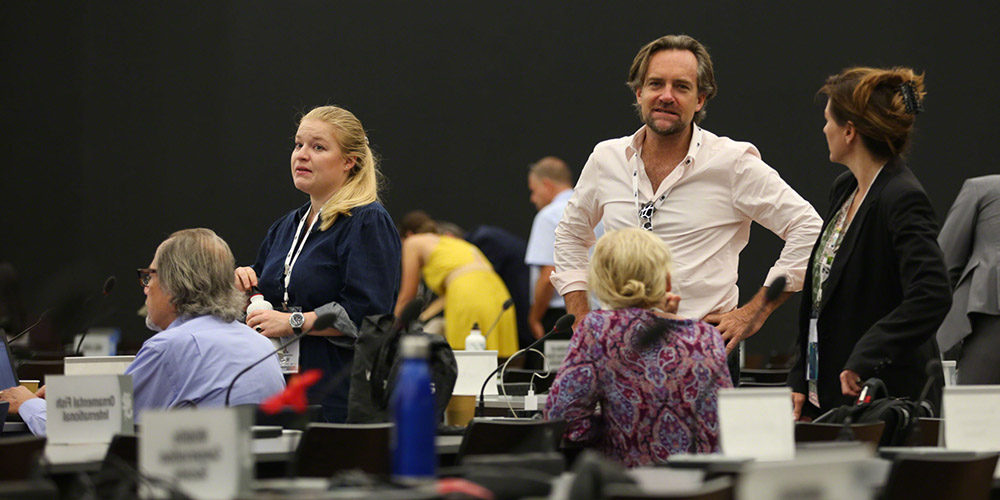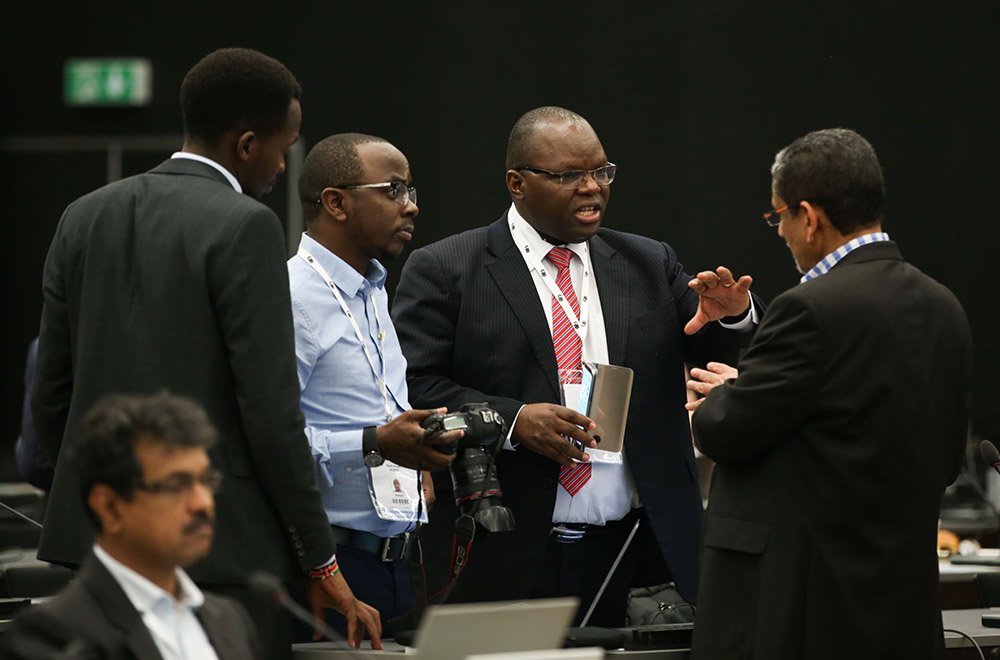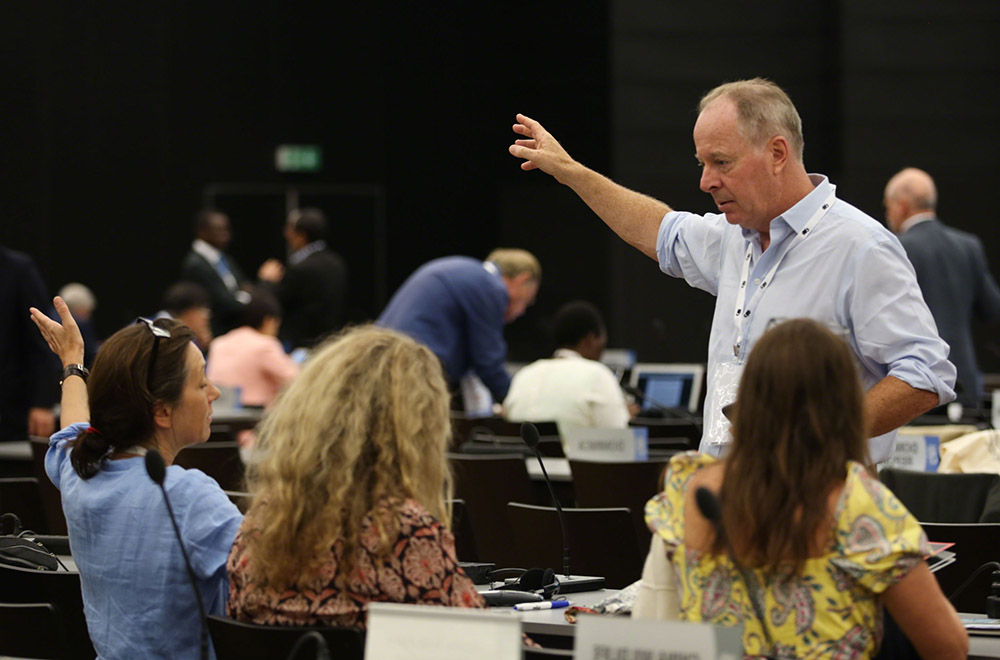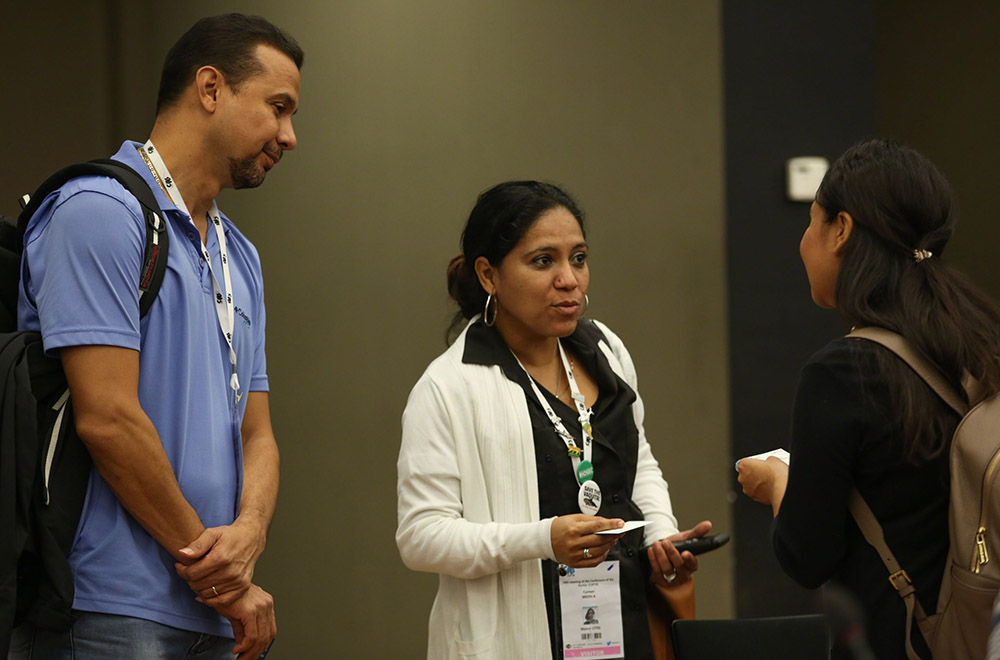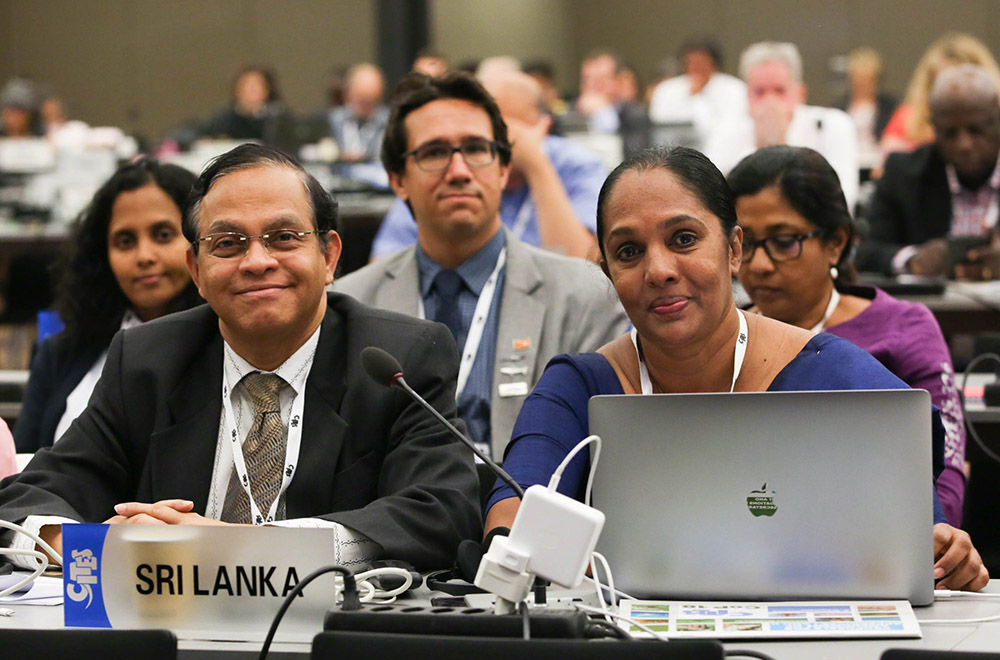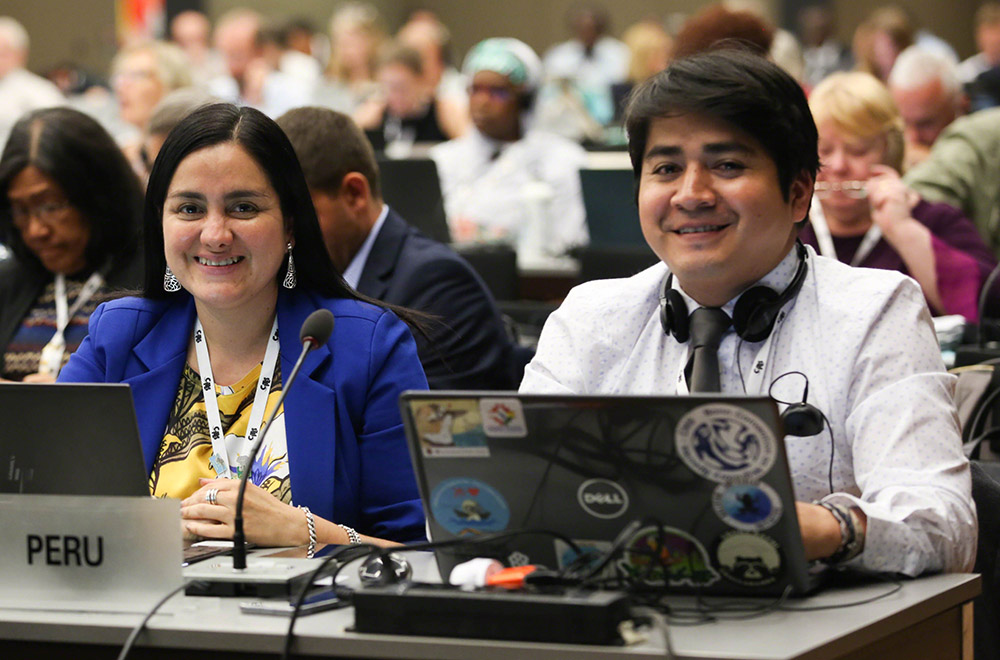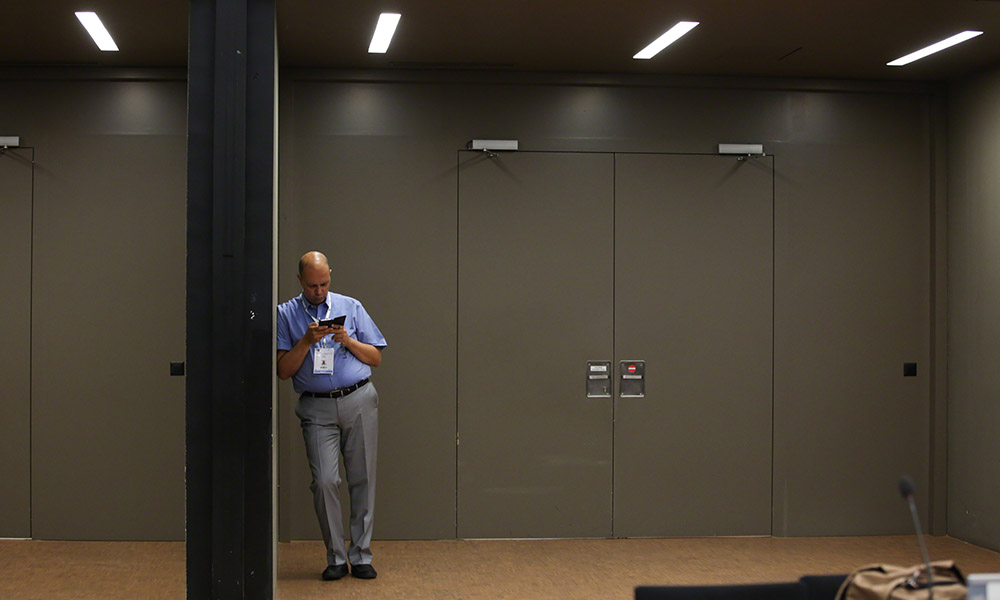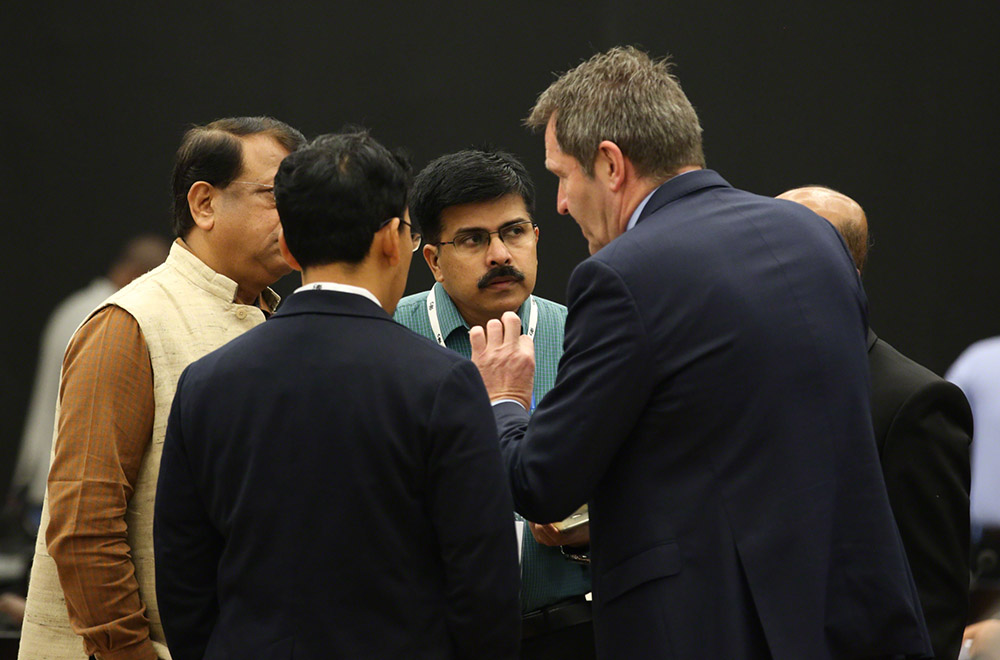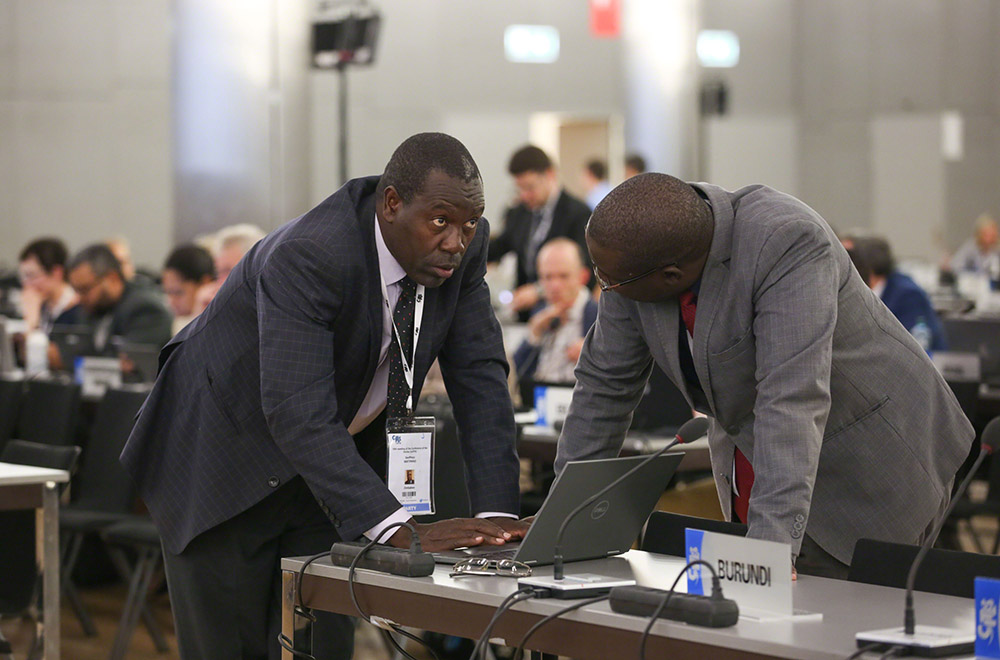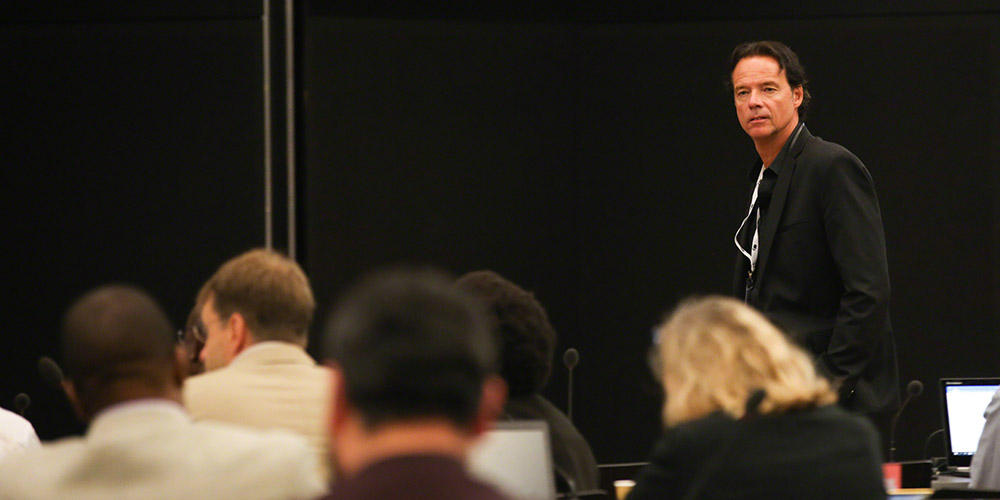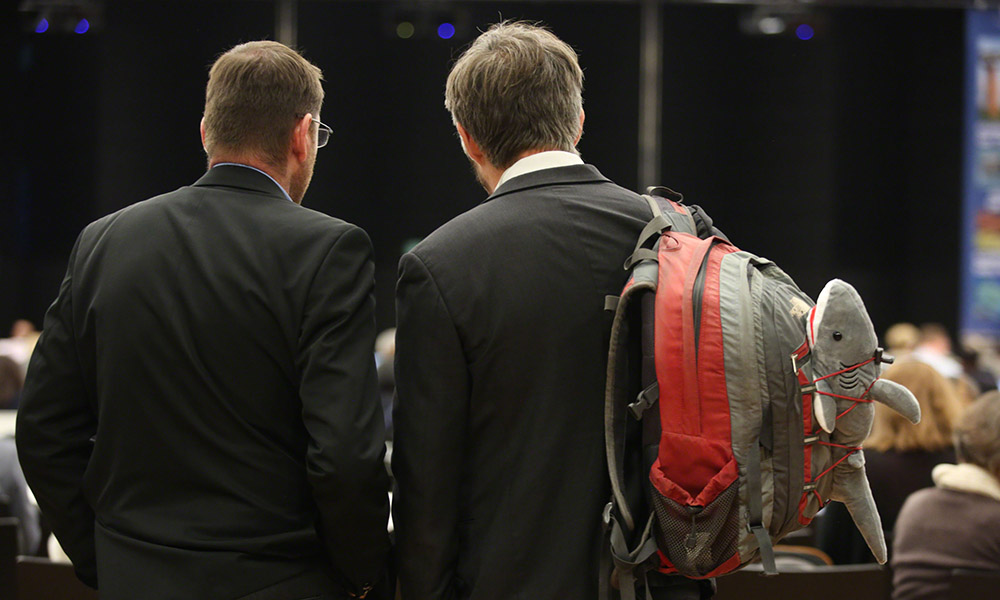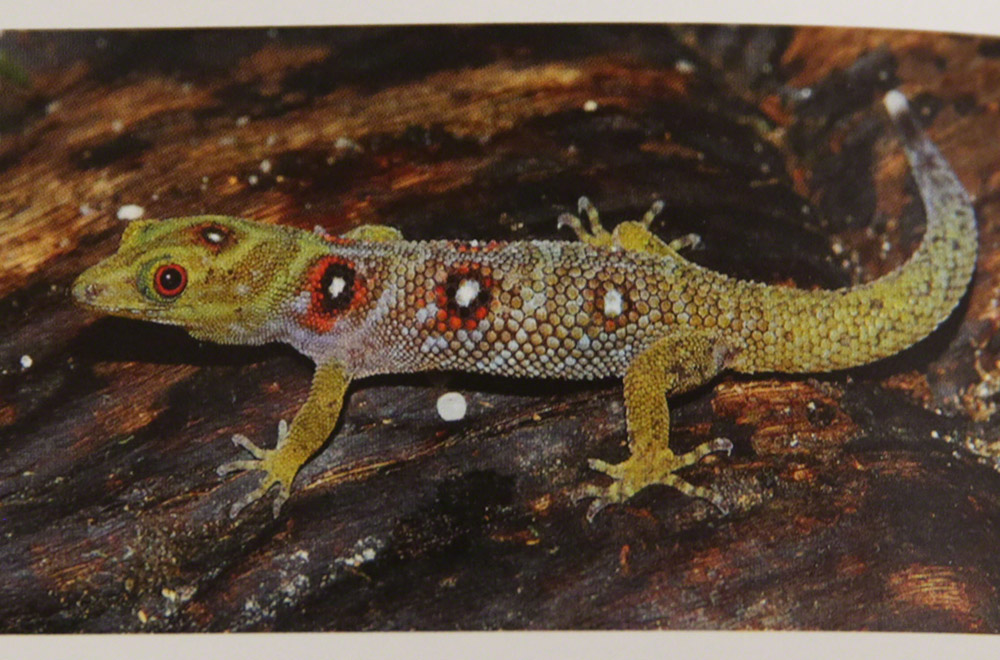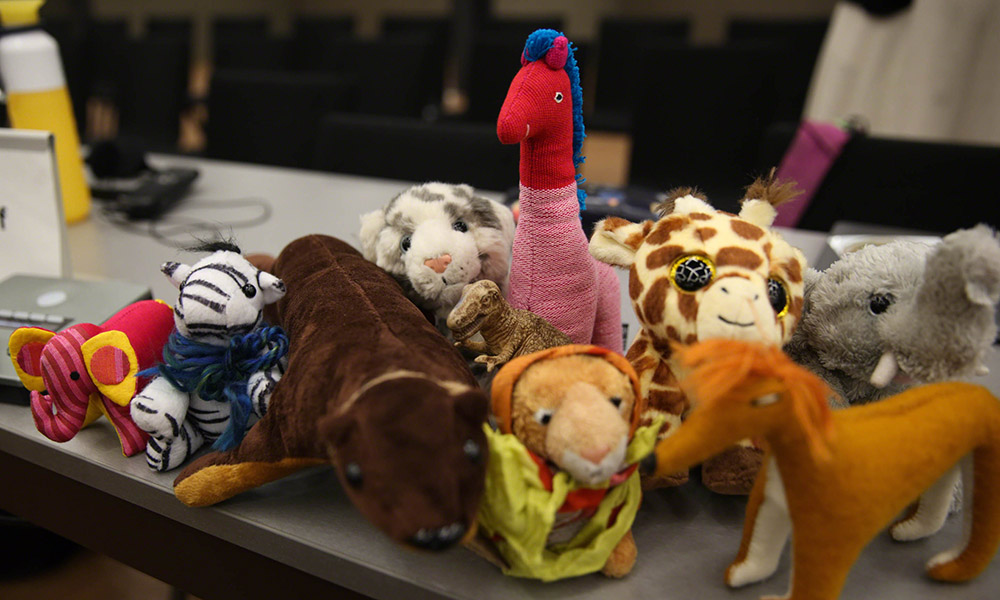Summary
Highlights for Monday, 26 August 2019
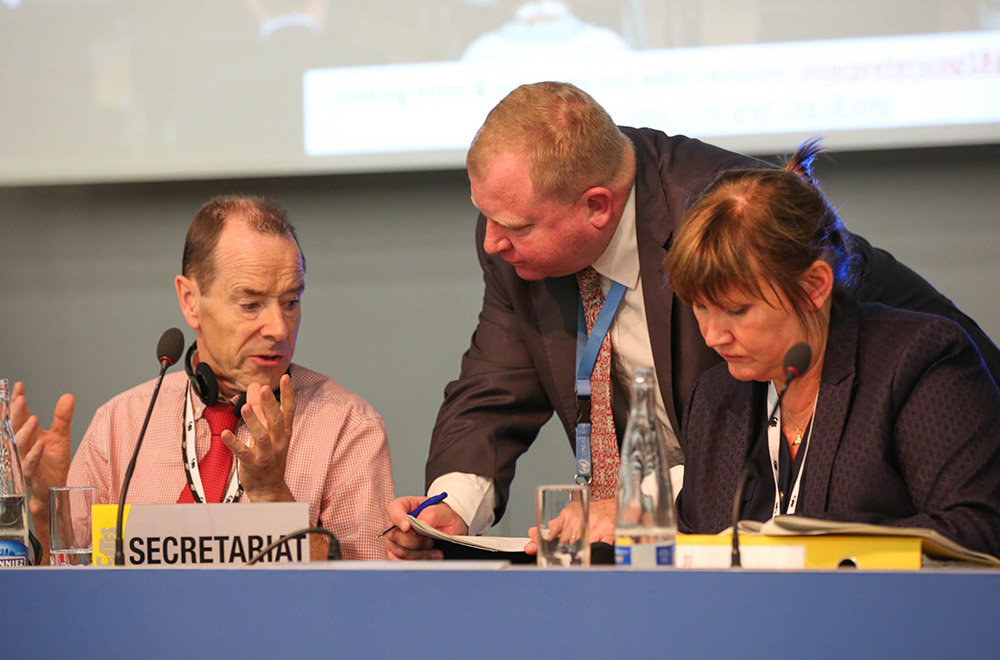
The Committees spent their final day in committee finalizing agenda items and working group reports, as the CoP will convene in plenary once more on Tuesday.Committee II engaged in a substantial discussion concerning the CITES Secretariat report on Asian big cats. The Secretariat summarized that progress was made on the review of facilities of concern with Asian big cats in captivity, but that missions still need to be sent to scrutinize some of these operations. She added that the document covers the need to address organized crime networks, and noted the big cats task force, proposed at CoP18, will help to support parties to address some of these issues in trade in Asian big cat parts and derivatives.India presented the draft decisions and combined amendments made by his delegation, reminding parties that the success of tiger conservation efforts is dependent on global enforcement. Bhutan, supported by Bolivia, stated that captive tiger facilities must be closed and supported India’s proposed amended document. Niger, along with Ethiopia, noted that this trade is fueling demand for African lion parts, suggesting that CITES should prioritize reducing demand for big cats as a whole.The WWF, on behalf of multiple NGOs, noted some progress on tiger conservation from strengthened legislation and enforcement efforts but that commercial tiger farming operations threaten conservation progress as they stimulate demand, in part because consumers prefer parts from wild tigers and other big cat species. Committee II agreed to the draft decisions as amended.Costa Rica, with co-sponsors Peru and Mexico, introduced a document on jaguars, noting increased international demand for teeth, skin and bones through illegal trade, and urging the Committee to adopt three related decisions to map the illegal trade in jaguar. Peru, the US, Bolivia, Brazil, Suriname, and Colombia, on behalf of several Latin American and Caribbean states, supported the draft decisions. China, supported by Creative Conservation Solutions, proposed expanding the study to also assess threats such as competing land-use activities, human-jaguar conflicts, and local traditional use. The Committee agreed to the proposal.Other issues addressed in Committee II included the illegal trade in totoaba swim bladders and the impact on vaquita, enforcement measures to crack down on trade in rhino horn, and a move to examine the taxonomy and nomenclature of pangolins.In Committee I, delegates considered a long list of proposals, including a range of “charismatic” and “spectacular” reptiles and amphibians including lizards, iguana and the spider-tailed horned viper, many of which were endorsed to receive Appendix I or II protections. The EU, with India, the Philippines, and the US as co-proponents, introduced a proposal to include the Tokay gecko in Appendix II, highlighting the high levels of international trade and reports of local extinctions caused by overcollection. Several range states, including China, Vietnam and Thailand, opposed the proposal, arguing that the species does not meet the criteria for an Appendix II listing, given that it is common in many Asian range states and that captive breeding has been successful in meeting demand for the species. Committee I voted to adopt the proposal, with 103 in favor and 17 against.Both committees ended the day with a sense of occasion. In Committee 1, delegates joined Chair Hay in a Maori song to close the event, while in Committee II, delegates burst into applause as Chair Hoover noted that drafts on rhinos and elephants had been produced without the need to set up additional working groups.
IISD Reporting Services, through its ENB Meeting Coverage, provided daily web coverage and a summary and analysis report from CITES CoP18.
Photos by IISD/ENB | Kiara Worth
For photo reprint permissions, please follow instructions at our Attribution Regulations for Meeting Photo Usage Page.
Committee I: Species-Specific Matters
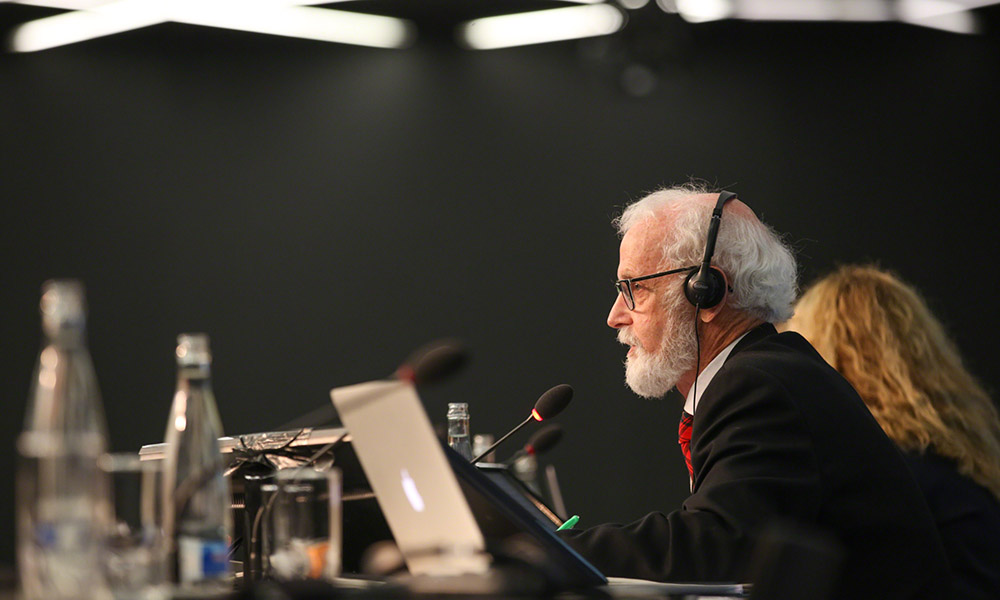
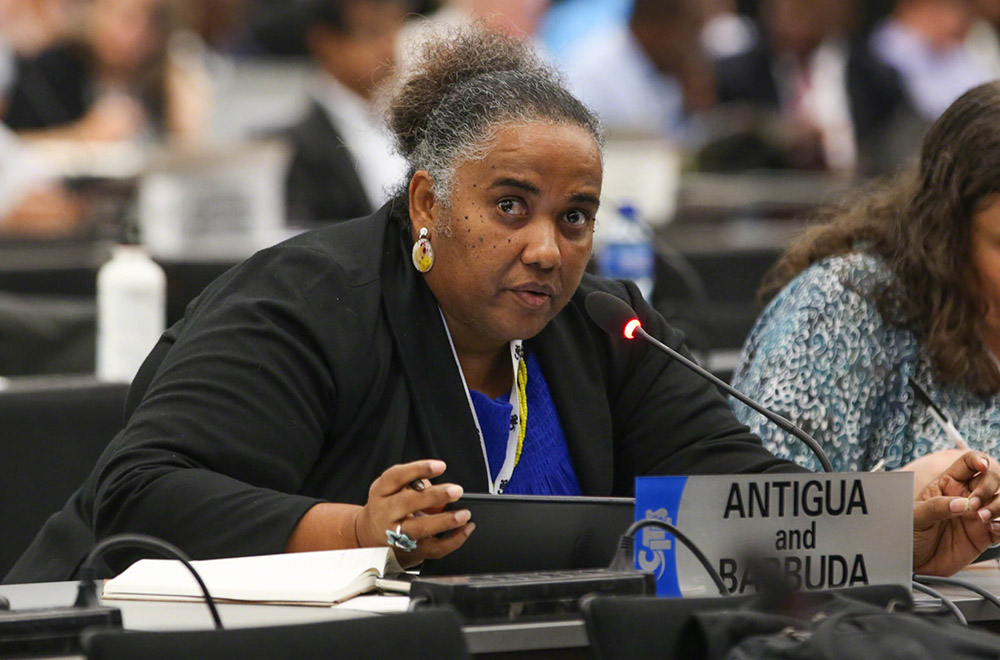



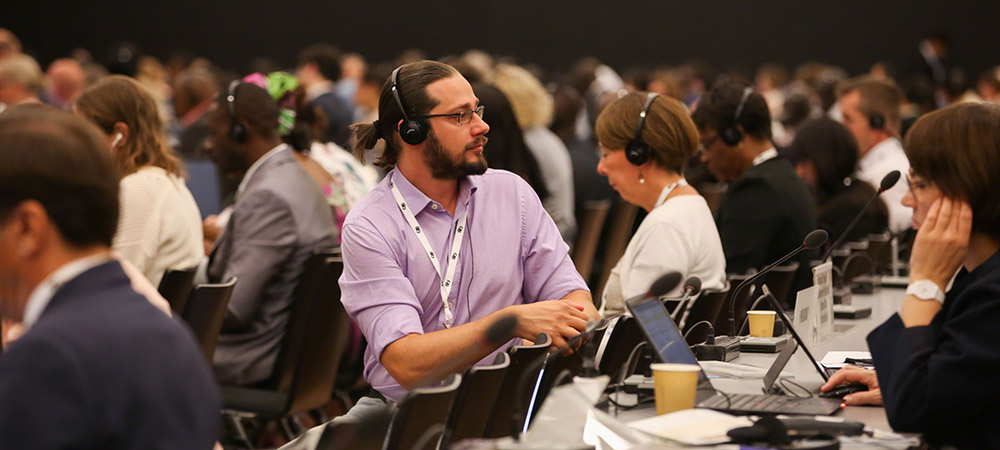
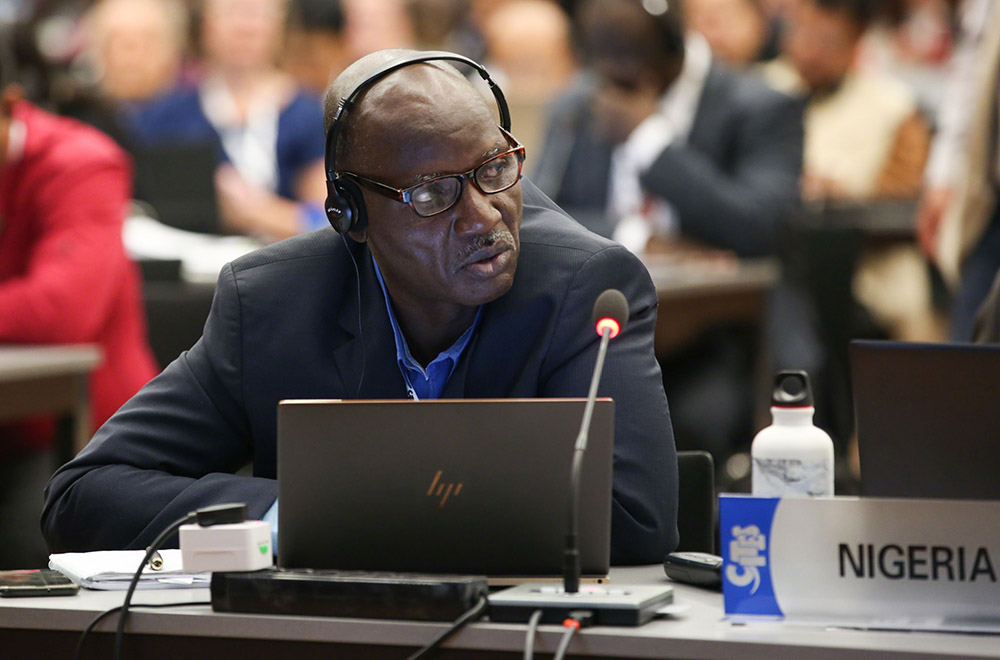



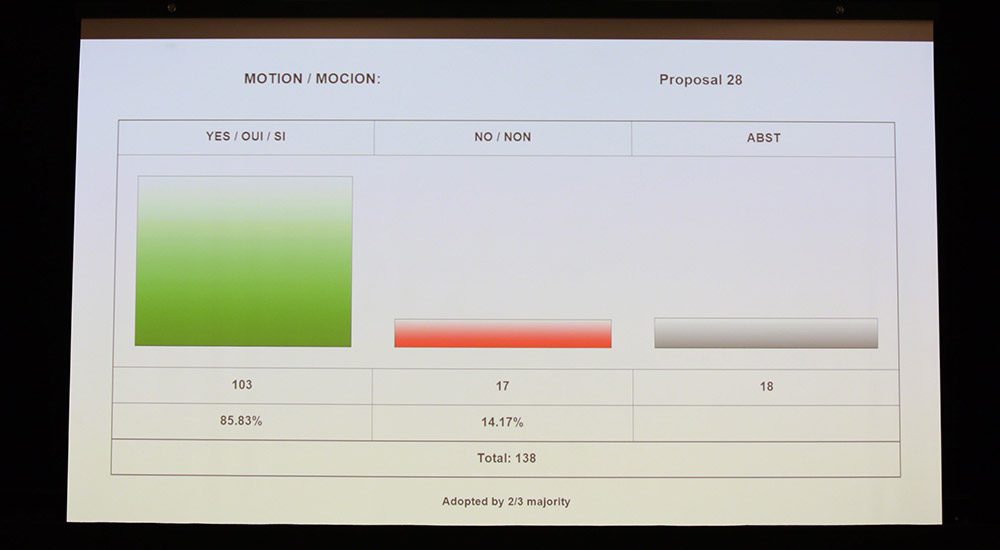

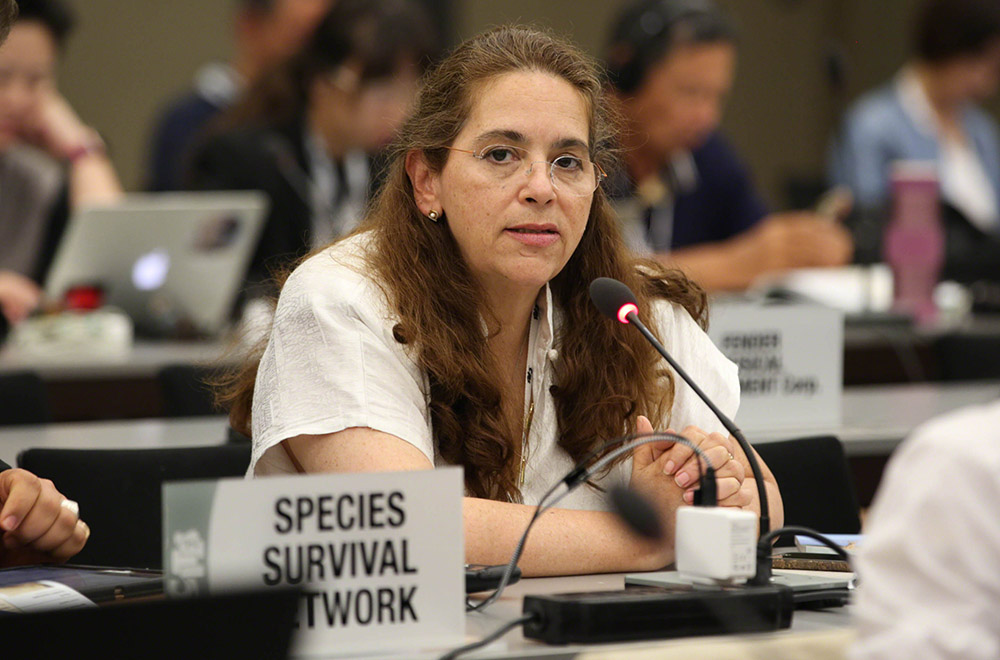



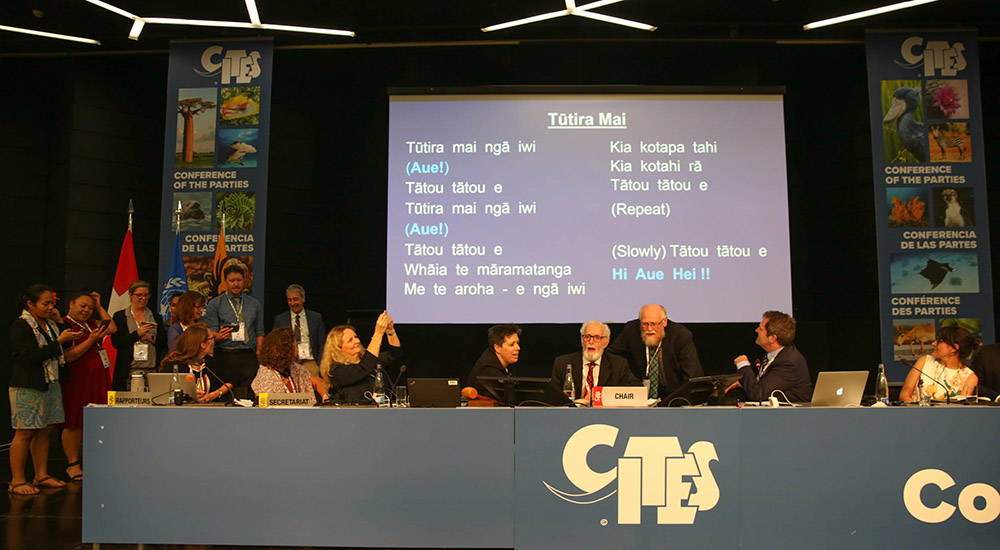
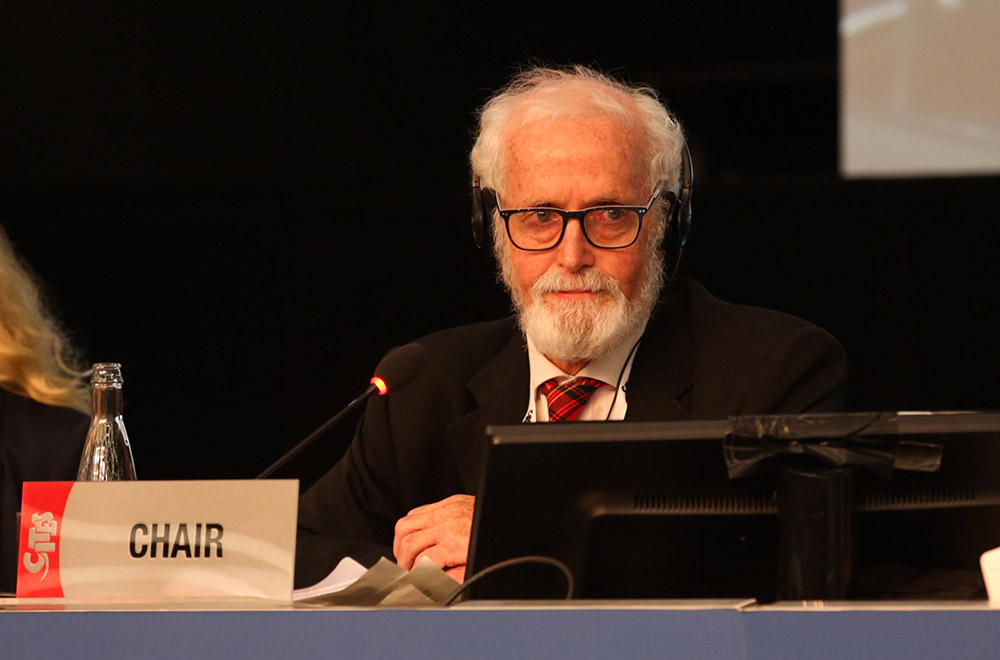
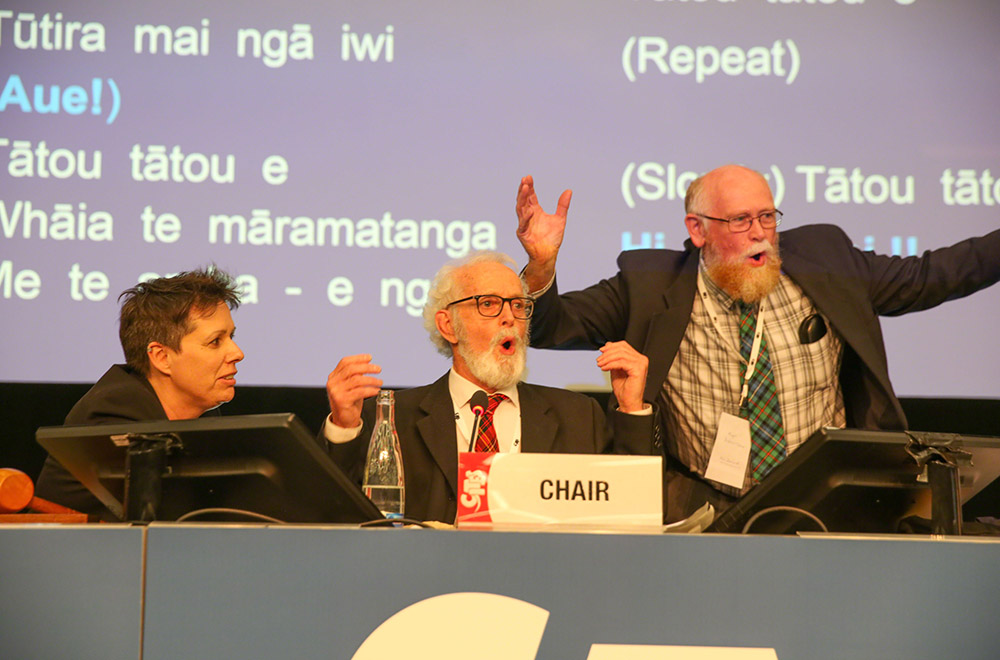
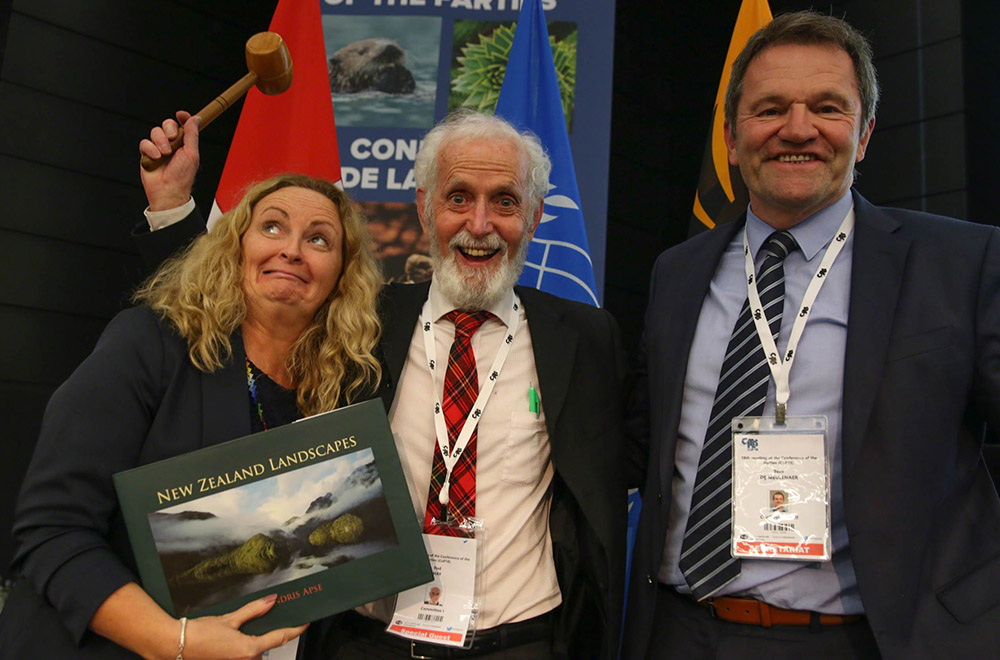
Committee II: Interpretation and Implementation Matters
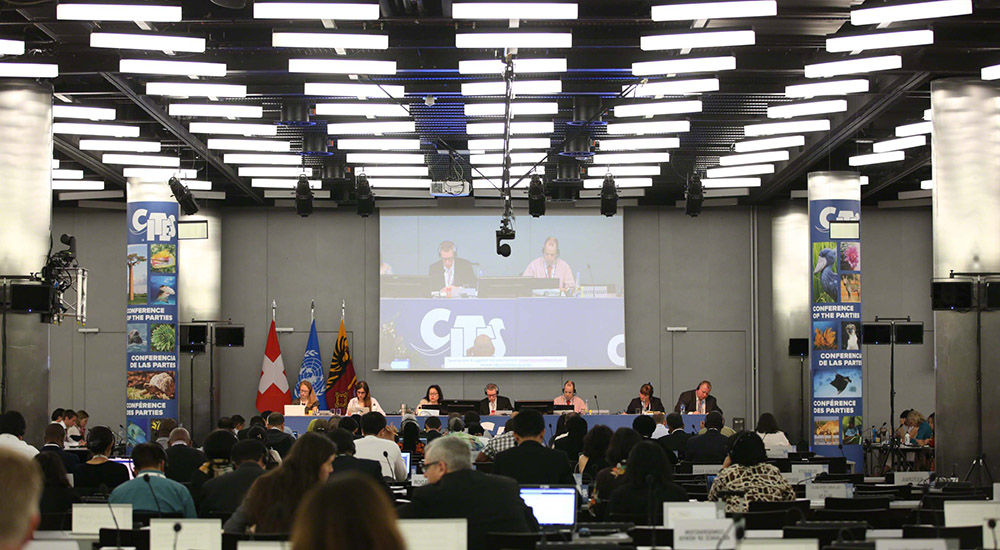

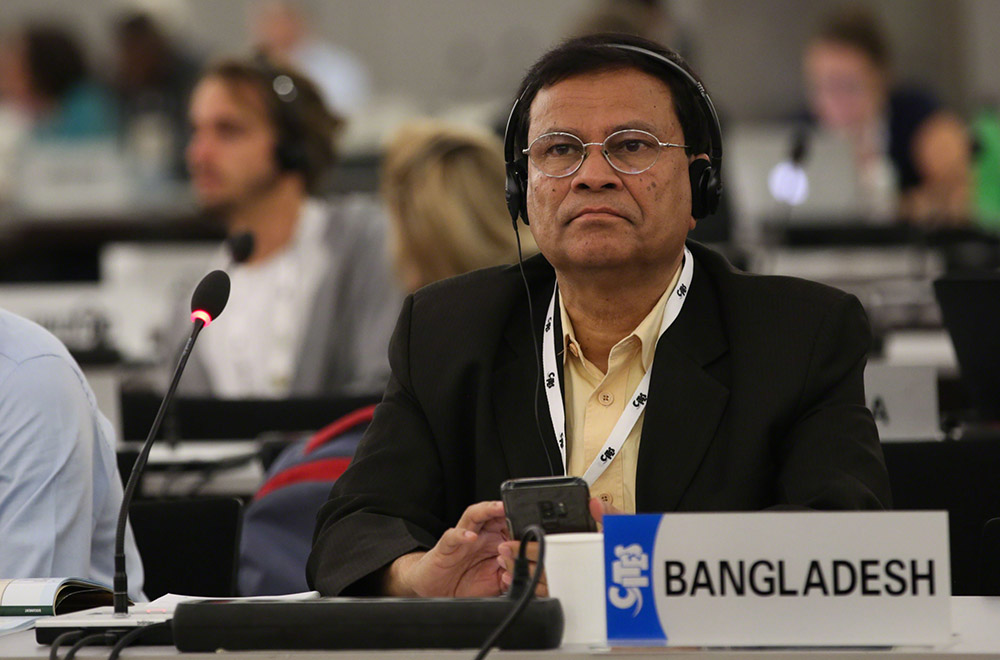
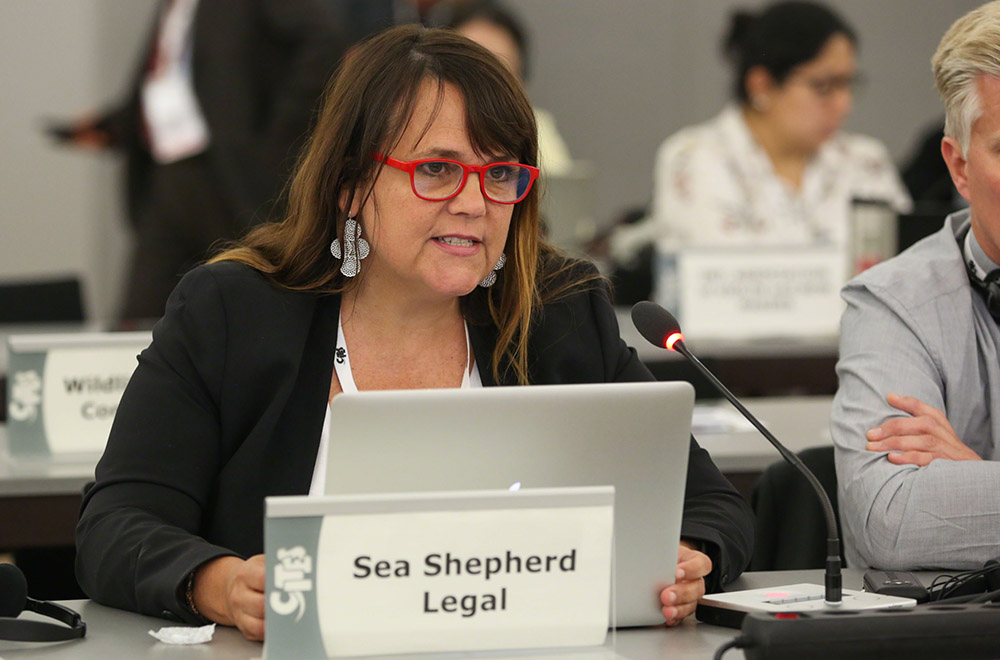
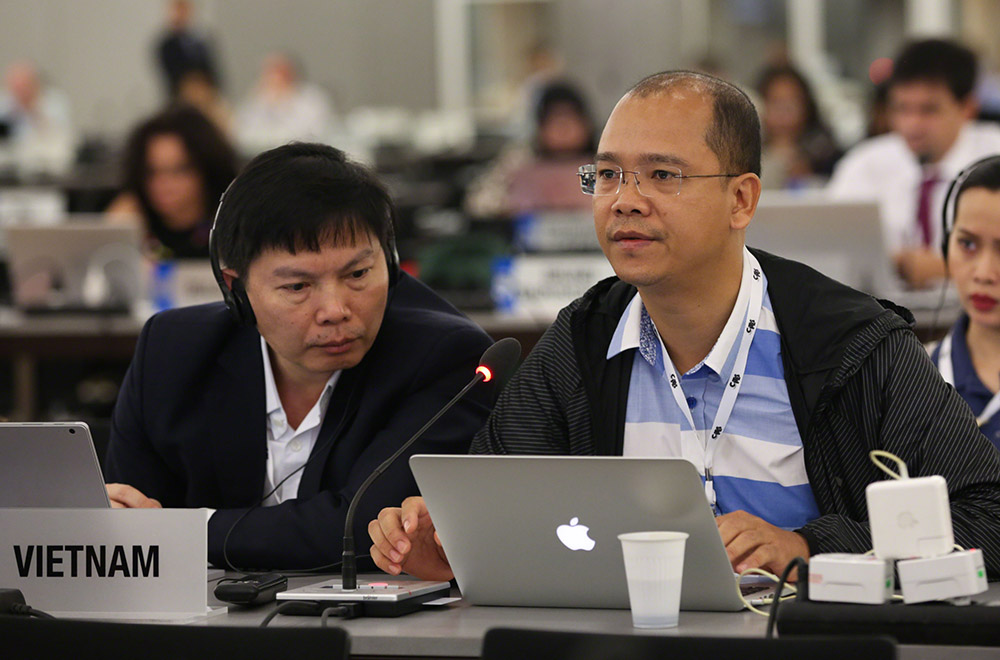
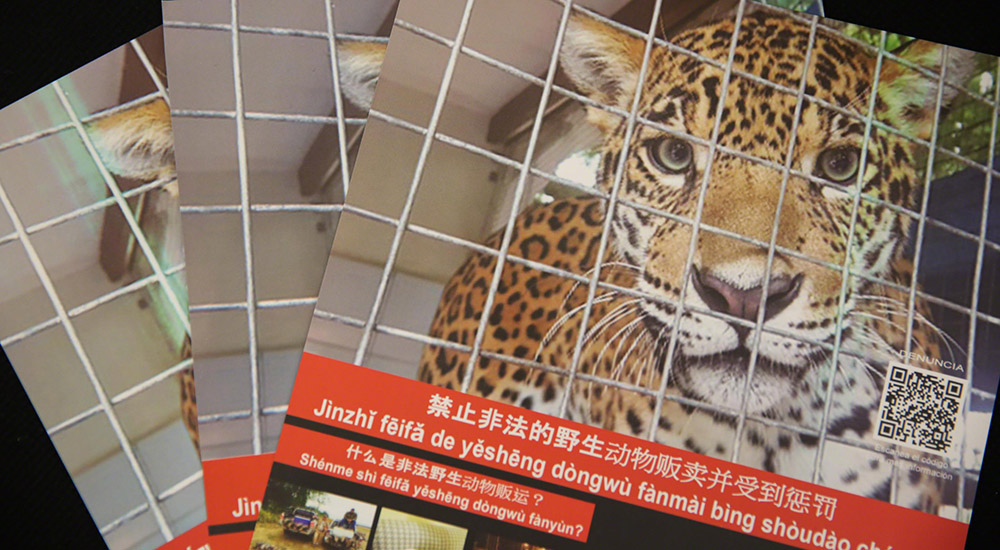
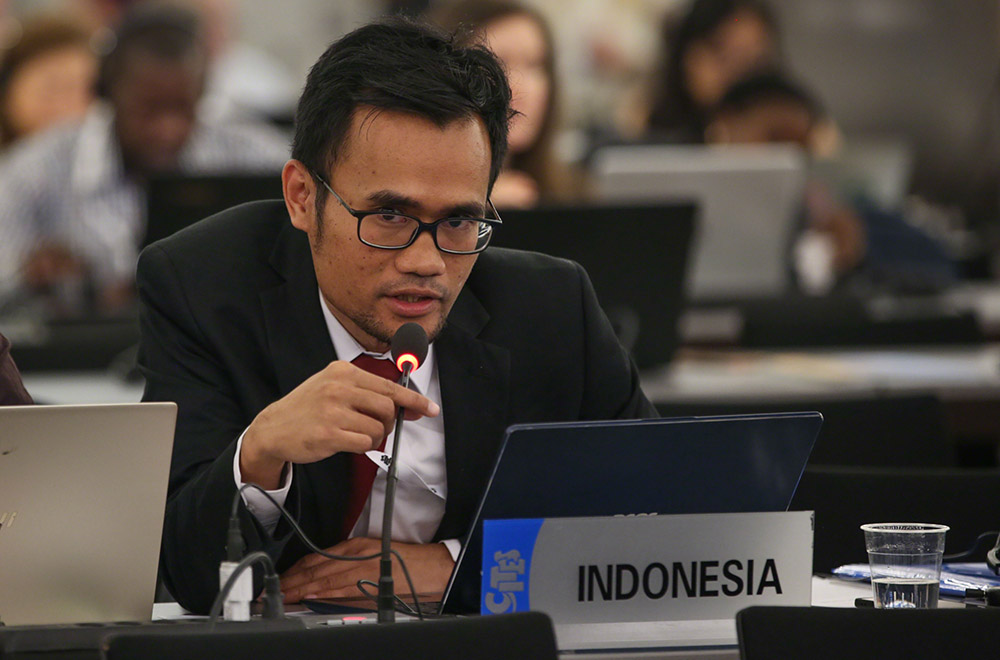
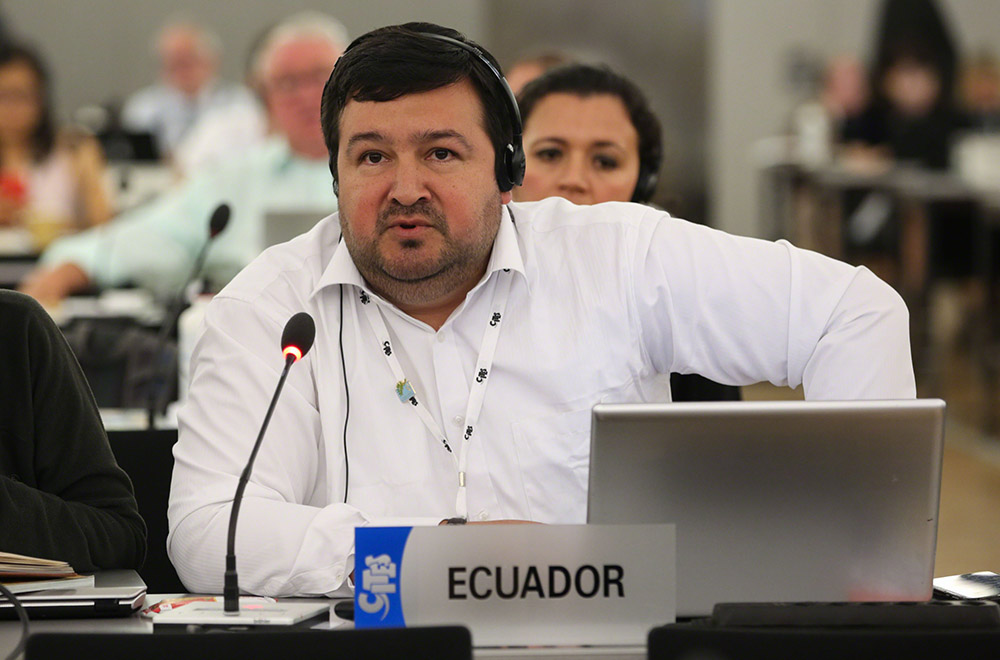

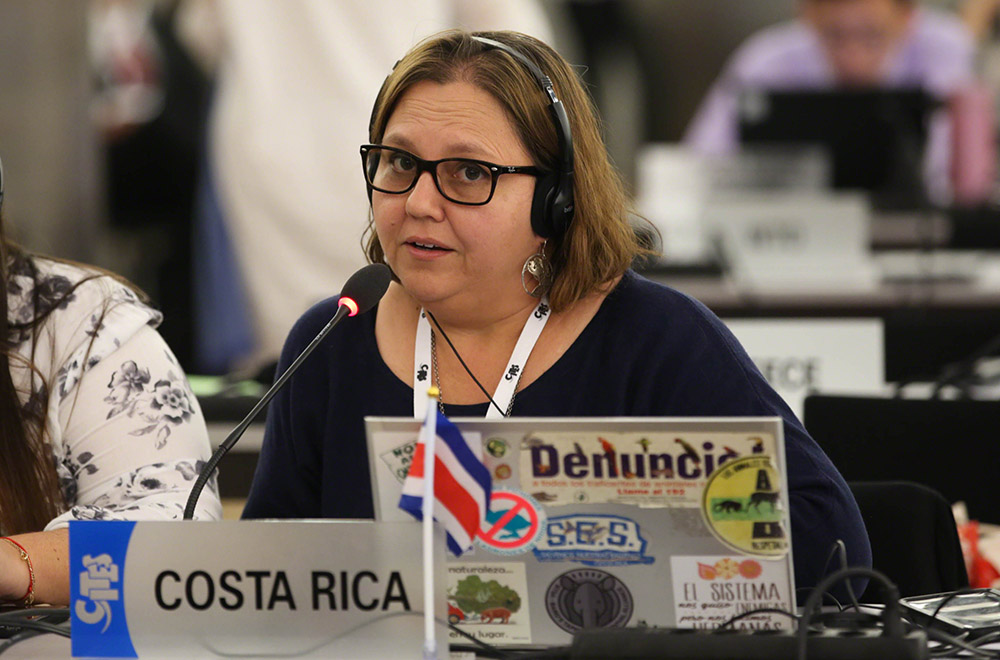
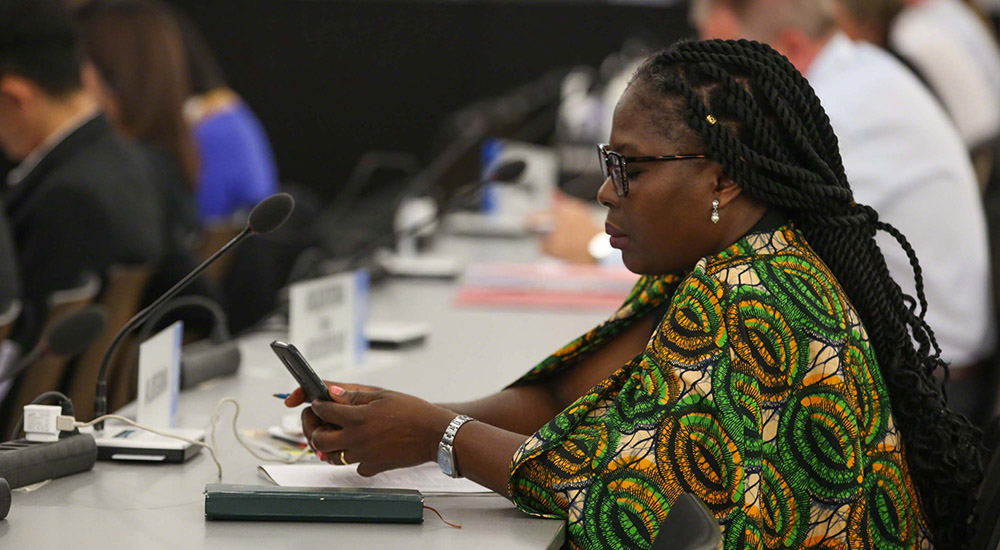
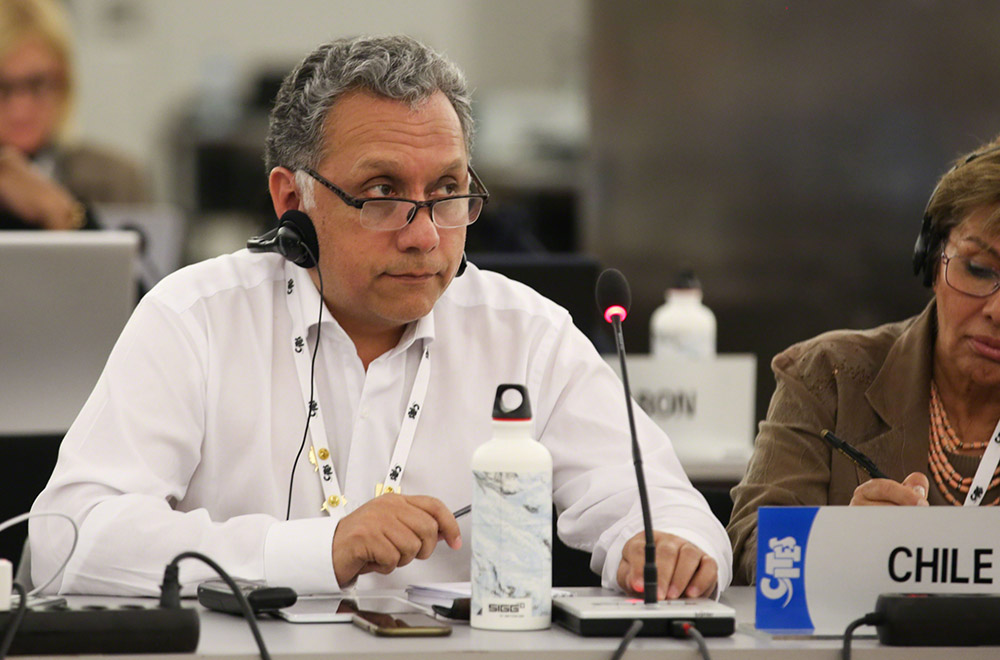
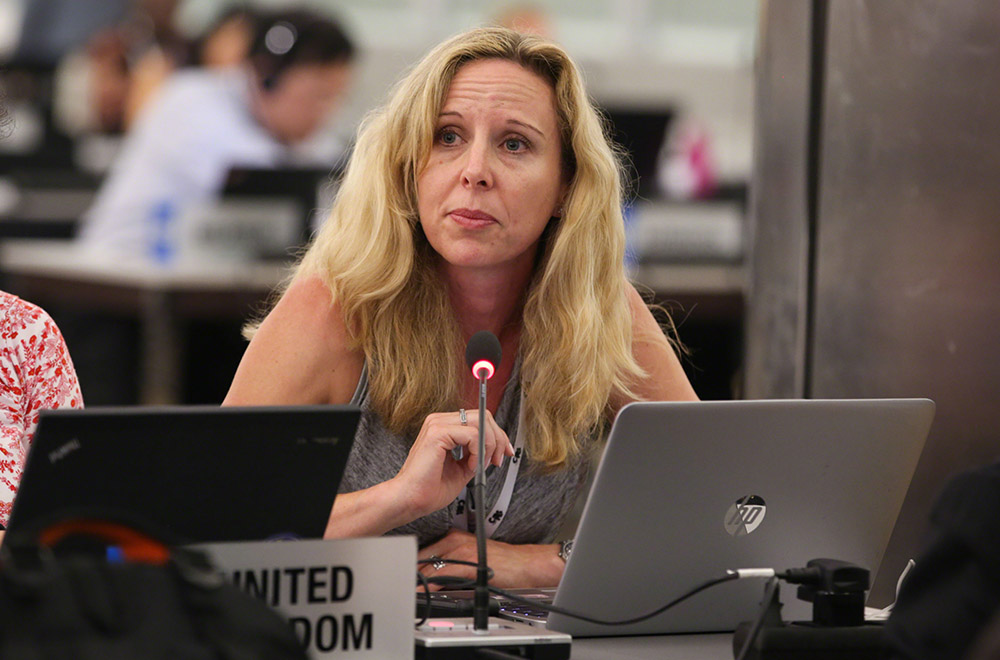
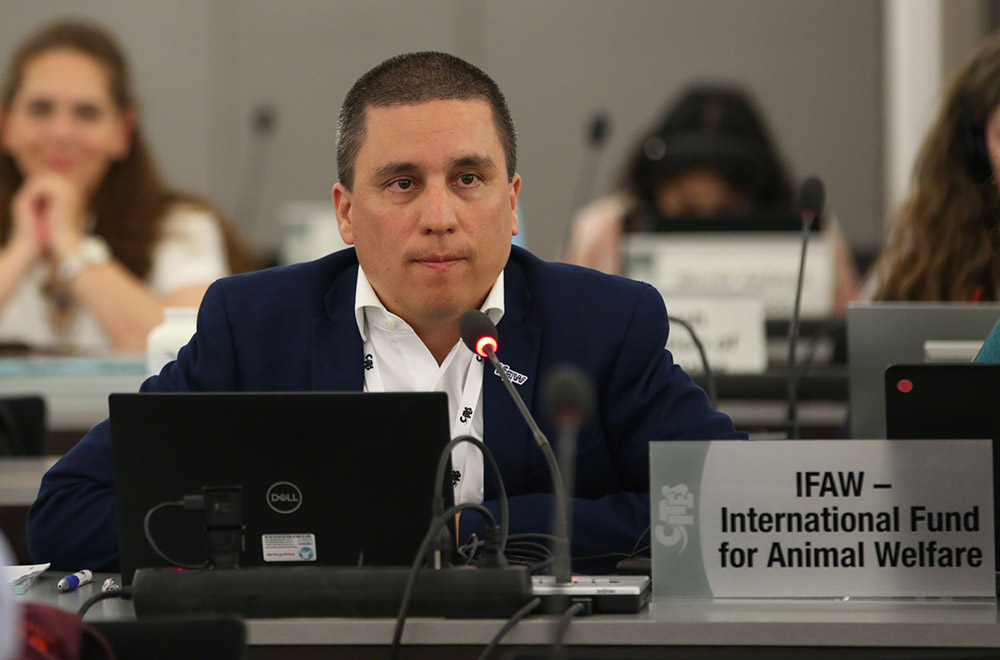
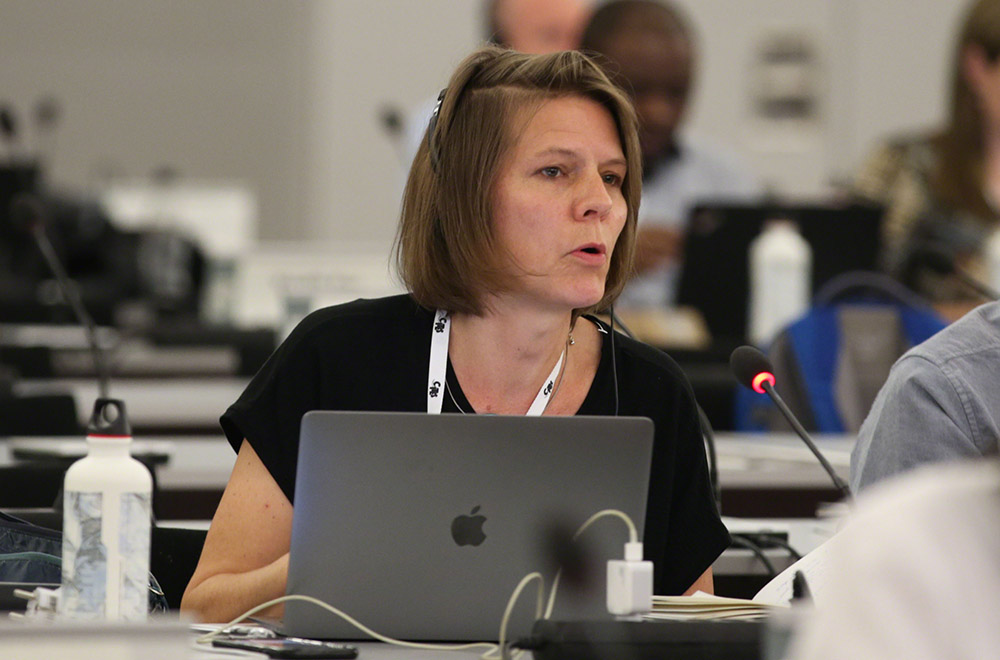
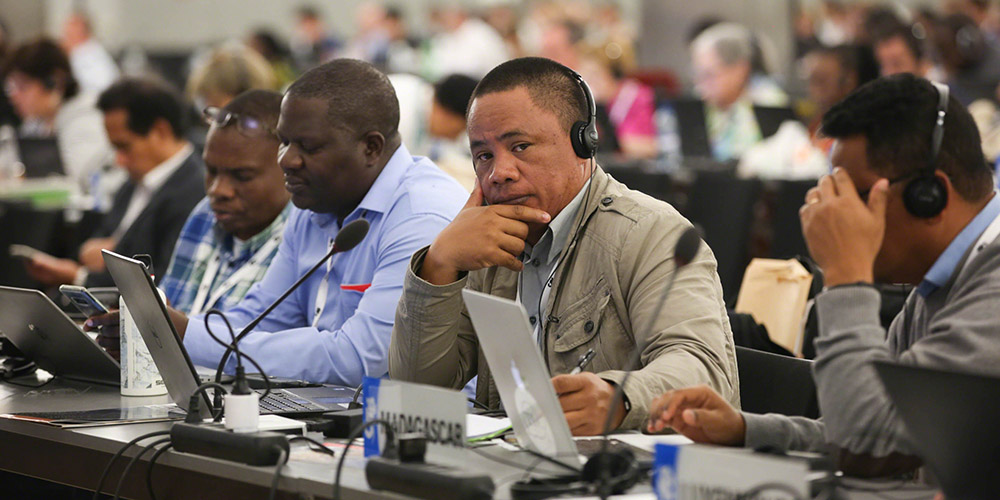
Around the Venue
